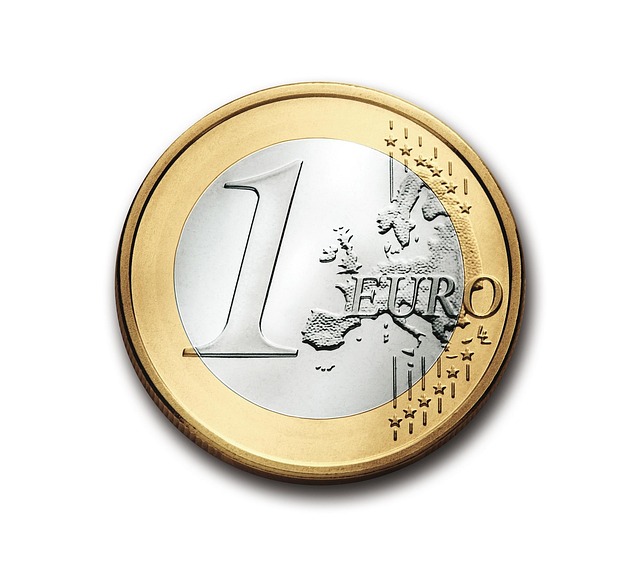Depositing money involves choosing a method (in-person, mobile apps, ATMs), gathering documents and funds, making the deposit, and verifying access to accessible funds. Traditional methods include cash and check deposits, while digital innovations offer online banking and mobile apps for immediate transfers. Best practices ensure security through reputable platforms, encryption, unique passwords, transaction monitoring, and regular statement reviews.
Looking to navigate the world of depositing money? This comprehensive guide breaks down the fundamentals, offering insights into the depositing process, diverse deposit types, and robust best practices for secure transactions. Whether you’re a seasoned banker or new to financial management, understanding how to effectively deposit money is crucial for streamlined finances. Dive in to unlock the secrets to efficient and safe money management.
Understanding the Depositing Process

Depositing money is a fundamental aspect of managing finances, whether it’s for personal banking or business transactions. Understanding the depositing process is crucial for ensuring smooth and efficient financial operations. The first step involves selecting an appropriate deposit method that aligns with your financial institution’s offerings and your individual needs. Common options include cash deposits made in-person at a branch, mobile banking apps enabling remote deposit capture, or automated teller machines (ATMs) for quick, convenient transactions.
Once the method is chosen, individuals need to gather the necessary documentation and funds. For online or mobile deposits, this may involve setting up account access, verifying identity, and linking external bank accounts. In-person deposits typically require valid identification and cash or checks. The process then entails inserting or presenting the deposit slip, along with the funds, at the designated channel—be it a teller window, ATM, or mobile device. Following verification and processing, the deposited funds become available in the account, enabling further financial activities.
Different Types of Deposits

When it comes to depositing money, there are several types of options available, each catering to different needs and preferences. Traditional methods include cash deposits made in person at a bank branch, offering immediate verification and record-keeping. Alternatively, check deposits allow customers to deposit funds by submitting a written check, which is processed electronically, providing convenience for those who prefer remote transactions.
Online banking has further revolutionized depositing money with the introduction of direct deposits. This digital process enables individuals to transfer funds directly from their bank accounts into their desired destination, such as savings or checking accounts, without physical interaction. The rise of mobile banking apps also allows users to initiate deposits on-the-go, ensuring flexibility and accessibility for modern consumers.
Best Practices for Secure Deposits

When depositing money, whether online or at a physical location, it’s crucial to follow best practices for enhanced security. Start by ensuring the platform or institution is reputable and has robust security measures in place, such as encryption protocols and secure servers, to protect your financial information.
Verify the methods of deposit accepted, preferably using secure and familiar channels like trusted payment gateways. Always use strong, unique passwords and enable two-factor authentication where available. Keep an eye out for suspicious activities or unusual transaction requests, and promptly report them to the relevant authorities or financial institution. Regularly review your statements to spot any unauthorized transactions, fostering a culture of vigilance around your finances.
Depositing money is a fundamental aspect of financial transactions, offering secure and efficient methods to manage your funds. By understanding the process, exploring various deposit types, and adhering to best practices, you can ensure a seamless experience. Whether it’s through traditional bank deposits or digital platforms, these steps empower individuals to take control of their finances with confidence and security.






